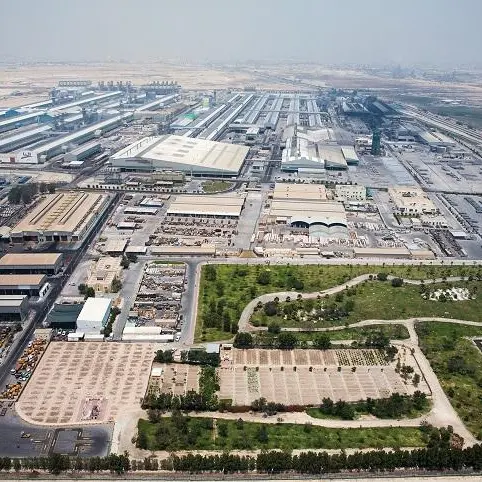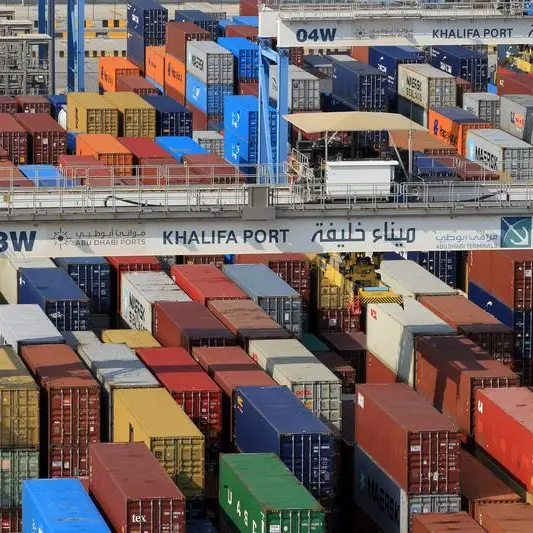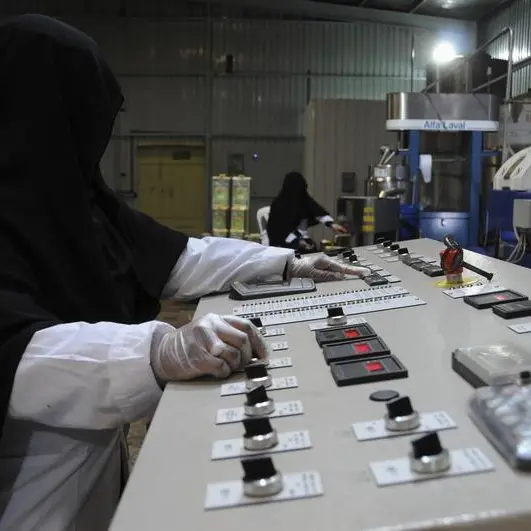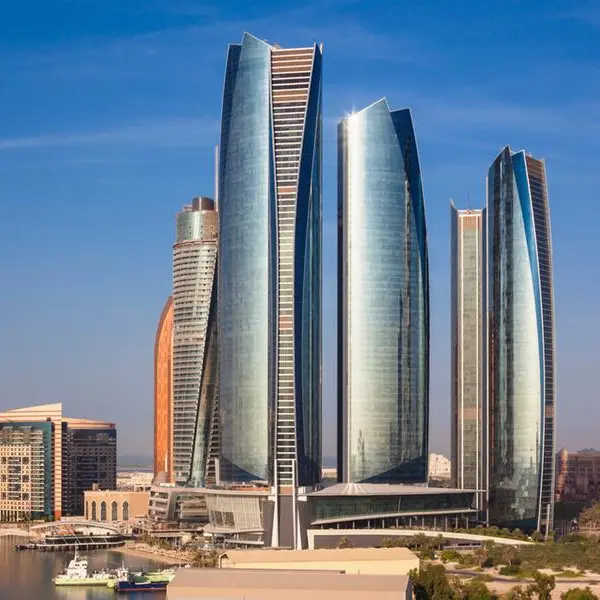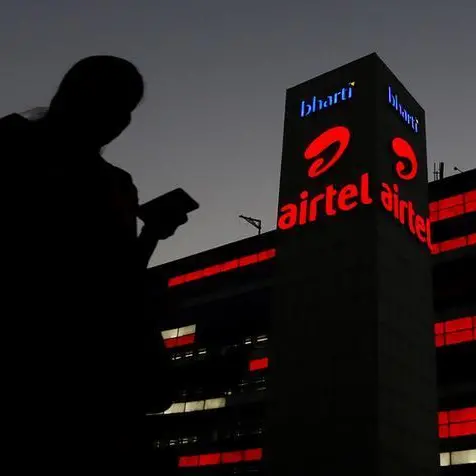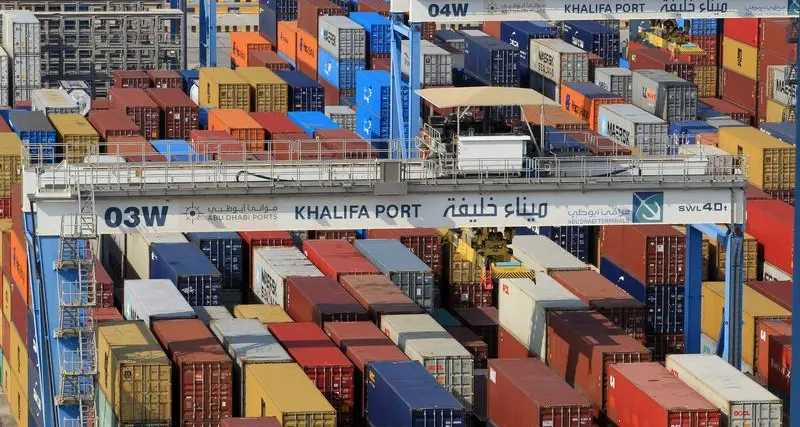Sunday, Aug 27, 2017
Dubai: UAE’s insurance sector has reported strong growth in gross premiums written (GPW) and net profits and trend is expected to continue into the second half this year, according to analysts.
The total net profit (after tax) for all listed insurers in the UAE increased by 27 per cent to about Dh766 million in the first half of 2017 from about Dh604 million for the same period in 2016.
Analyst attribute the recent revenue growth to two key regulatory initiatives. “We believe this growth can be largely attributed to two key regulatory initiatives,” said S&P Global Ratings credit analyst Emir Mujkic, “namely, rate increases in motor insurance, which are the result of a new unified motor policy that the UAE Insurance Authority introduced in January 2017, and the final stage in the implementation of compulsory medical insurance in Dubai, which has increased the number of policyholders under this scheme.”
While premiums and net income showed strong growth in the first six months of 2017, total growth in shareholders’ equity remained relatively flat. Strong premiums growth, combined with unevenly distributed profits, is increasingly putting pressure on the capital buffers of some weaker capitalised insurers in the market. However, apart from some individual exceptions, analysts expect overall credit conditions in the UAE insurance sector to remain stable over the next 12 months.
Regulatory Initiatives
At half-year 2017, gross premiums for the 28 (out of 30) publicly listed insurance companies in the UAE increased by 17 per cent to Dh12.2 billion (about $3.3 billion) from Dh10.5 billion for the first six months in 2016. The growth in premium income was supported by two key regulatory initiatives. The first initiative was the UAE’s introduction of a new unified motor policy in January 2017, which provides enhanced benefits such as increased insurance cover for third-party liability claims of up to Dh2 million compared to Dh250,000 previously. This new motor cover sets minimum rates that insurers can charge their customers for each vehicle class to limit price wars in the market.
To comply with the new minimum rates, a number of insurance companies had to increase prices. “We estimate that this has led to an increase in premium volume from this line of business of more than 15 per cent. Given that the revenue income from motor insurance contributes to about 25 per cent to 30 per cent per of premium income in the UAE market, this change has been a key reason for the increase in premium volume,” said Mujkic.
Medical insurance coverage
The second key reason for the significant boost to premium growth was the new business from compulsory medical insurance in Dubai. This scheme entered its third and final implementation stage in 2016, when about 1.5 million uninsured, of the emirates’ roughly 3.8 million residents, had to obtain medical insurance coverage, initially by year-end 2016, which was then extended to March 31, 2017. The mandatory cover already led to significant increases in premium volume during the second half of 2016 for a number of selected insurers that are authorised to write this business.
In addition to the significant increase in gross premium growth, the insurance market in the UAE also recorded a strong increase in net profits. Some segments of the new business from the compulsory medical scheme in Dubai have proven to be highly profitable so far. This particularly applies to the more basic coverage plans for policyholders, with a monthly income of less than Dh4,000. Furthermore, rate increases for motor as well as for fire and some medical insurance policies, have led to better profit margins.
By Babu Das Augustine Banking Editor
Gulf News 2017. All rights reserved.
